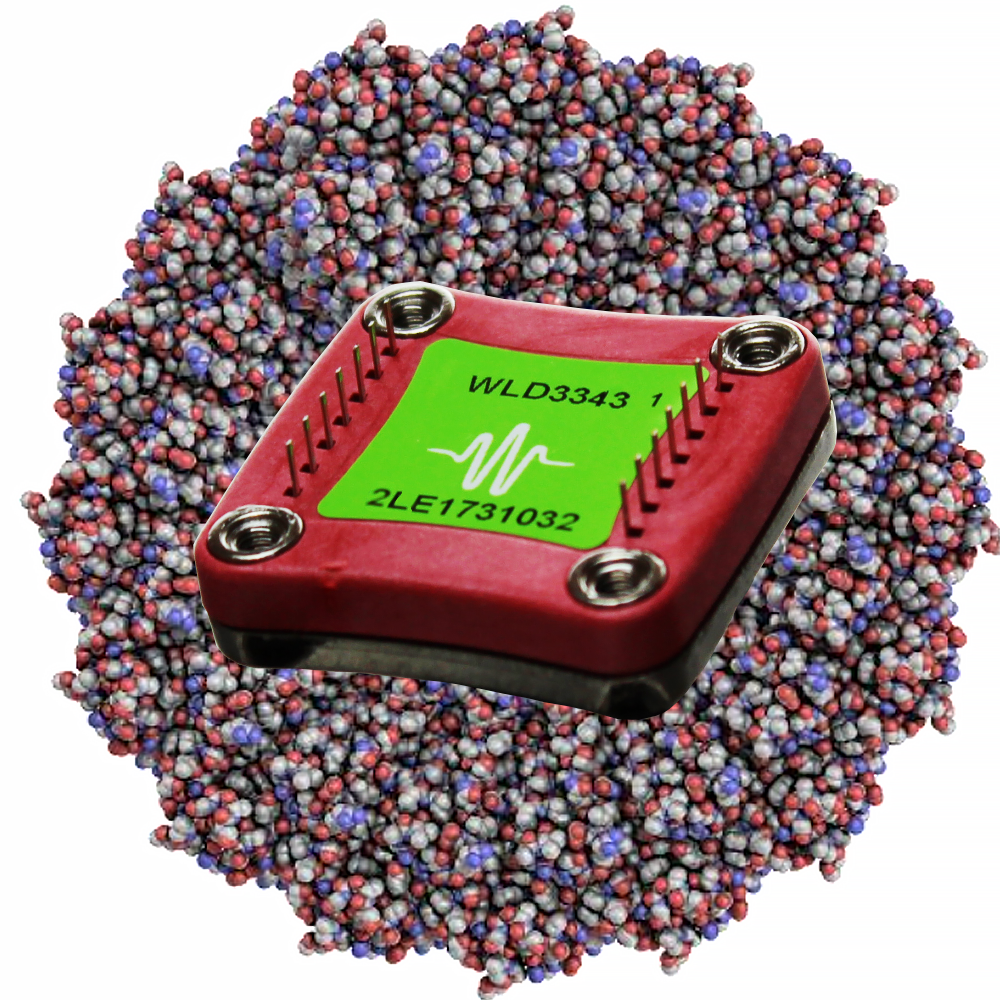November 16, 2021


Now Available. CS-LD04: Biological Detection Using rTMV and M13 Virus Lasers
Detecting biomolecules, such as proteins or cells, with precision and high sensitivity is labor intensive with traditional assay devices. Researchers from the United Kingdom have developed a virus laser for rapid biomolecular detection with the precision of commercial systems. The commercial feasibility and low manufacturing cost of a genetically-engineered Tobacco Mosaic virus-like particle (rTMV) is investigated for virus laser applications, and the detection limit and amplified lasing signal are quantified for a virus laser utilizing the rod-like virus, M13.
A bio-laser is a relatively new technology that utilizes biological material as part of the laser cavity or part of the gain/lasing medium. A probe is used with a special tag to attach to the specific molecule for detection. Traditional probes have depended on antibodies and fluorescent dyes to make the binding detectable. Virus probes attached to the molecule will emit light as the virus is a part of the lasing system.
With the COVID-19 pandemic affecting businesses, social life, and especially the health and life of everyone, advancing technology for biological detection is critical to prevent further spread of the COVID-19 virus and improve healthcare quality. The pandemic has exposed the shortcomings of current analytical technology for biological detection.
With the virus material used as part of the lasing medium of the laser, detection of particular molecules in a sample is no longer difficult. Wavelength Electronics’ WLD3343 Laser Diode Driver with the WLD3393 Evaluation Board aided the laser system in providing constant current and stable wavelength for accurate and repeatable experiments. The manufacturability of rTMV was proven a success, and the M13-based detection probe showed orders of magnitude increase in signal from a 50% increase in probe concentration and is sensitive to 90 fmol mL-1 monoclonal antibody. Virus lasers show great potential for biological detection for today’s analytical needs.
The complete case study is available as CS-LD04.

